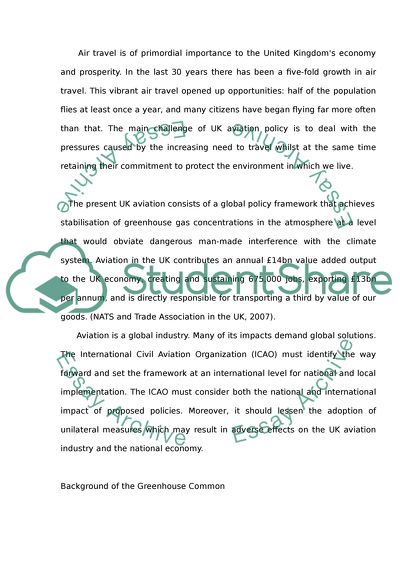Cite this document
(“UK Aviation Policy Case Study Example | Topics and Well Written Essays - 1750 words”, n.d.)
UK Aviation Policy Case Study Example | Topics and Well Written Essays - 1750 words. Retrieved from https://studentshare.org/politics/1520605-uk-aviation-policy
UK Aviation Policy Case Study Example | Topics and Well Written Essays - 1750 words. Retrieved from https://studentshare.org/politics/1520605-uk-aviation-policy
(UK Aviation Policy Case Study Example | Topics and Well Written Essays - 1750 Words)
UK Aviation Policy Case Study Example | Topics and Well Written Essays - 1750 Words. https://studentshare.org/politics/1520605-uk-aviation-policy.
UK Aviation Policy Case Study Example | Topics and Well Written Essays - 1750 Words. https://studentshare.org/politics/1520605-uk-aviation-policy.
“UK Aviation Policy Case Study Example | Topics and Well Written Essays - 1750 Words”, n.d. https://studentshare.org/politics/1520605-uk-aviation-policy.


